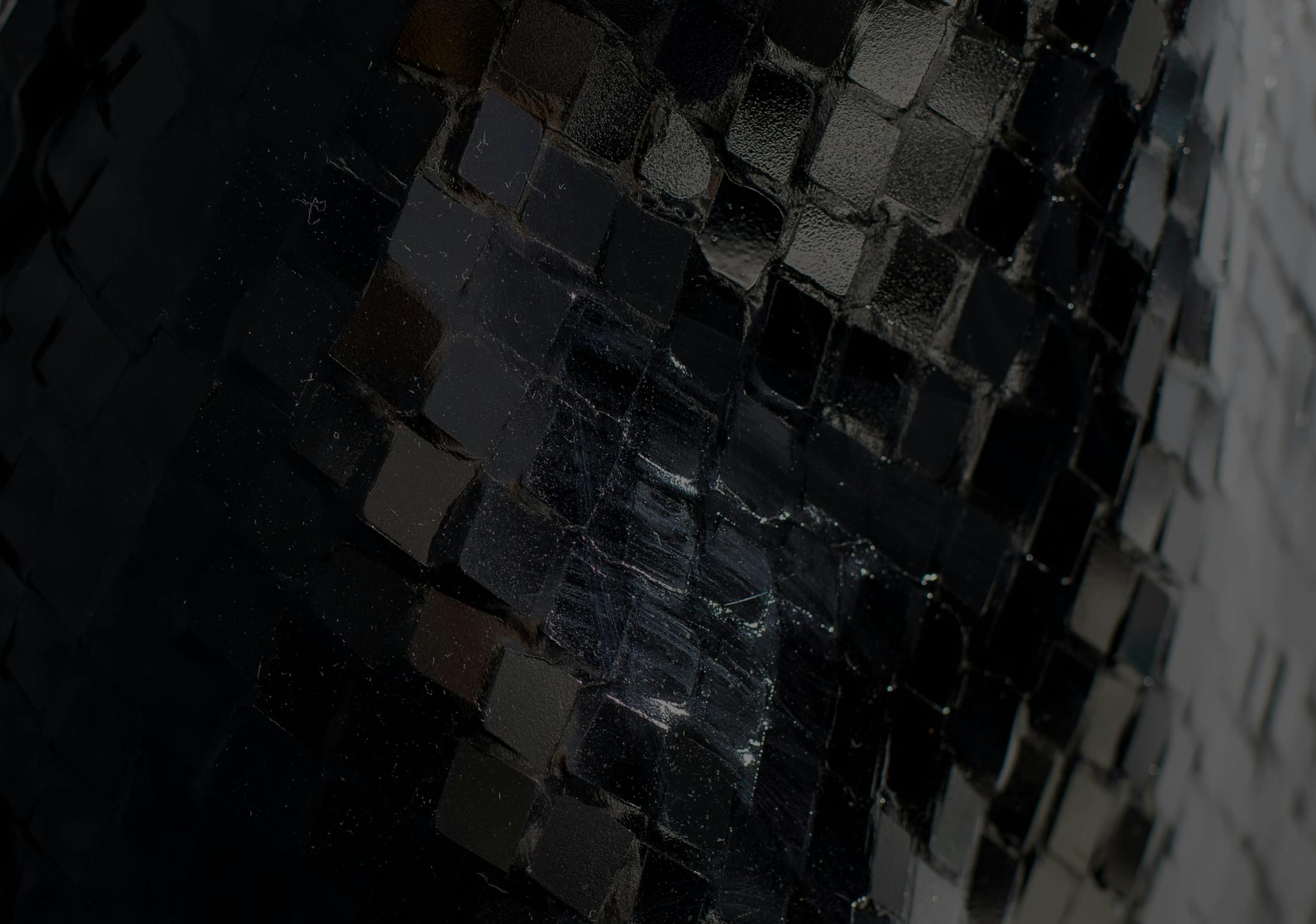Recovering From Surgery for Hand and Wrist Fractures
After undergoing surgery for a hand or wrist fracture, it’s important to follow Dr. Rahgozar’s instructions carefully to ensure a smooth recovery. Recovery time can vary depending on the severity of the fracture and the type of surgery performed. You’ll likely need to take several days or weeks off work, and you’ll need to wait several weeks before resuming certain activities that require the use of your hands. Listed below are some of the steps that may be involved in your recovery.
Rest and Immobilization
During your recovery period, Dr. Rahgozar may recommend wearing a cast, splint, or brace to immobilize your hand or wrist and promote healing. It’s important to keep the affected area elevated and avoid using it as much as possible to prevent further injury. Follow the doctor's instructions on how long to wear the immobilizing device and when it is safe to remove it.
Physical Therapy
Physical therapy can help improve your range of motion and strength in your hand and wrist after surgery. Dr. Rahgozar may recommend starting physical therapy a few weeks after surgery. He or your physical therapist will guide you through exercises and stretches to help you regain mobility and strength.
Pain Management
It’s common to experience pain and discomfort after surgery for hand and wrist fractures. Dr. Rahgozar will prescribe pain medication to help keep you comfortable during your recovery period.
Follow-Up Care
After your surgery, Dr. Rahgozar will likely want to schedule one or more follow-up appointments, and it’s important that you attend them. During these visits, he may recommend X-rays or other imaging tests to check the progress of your healing.






